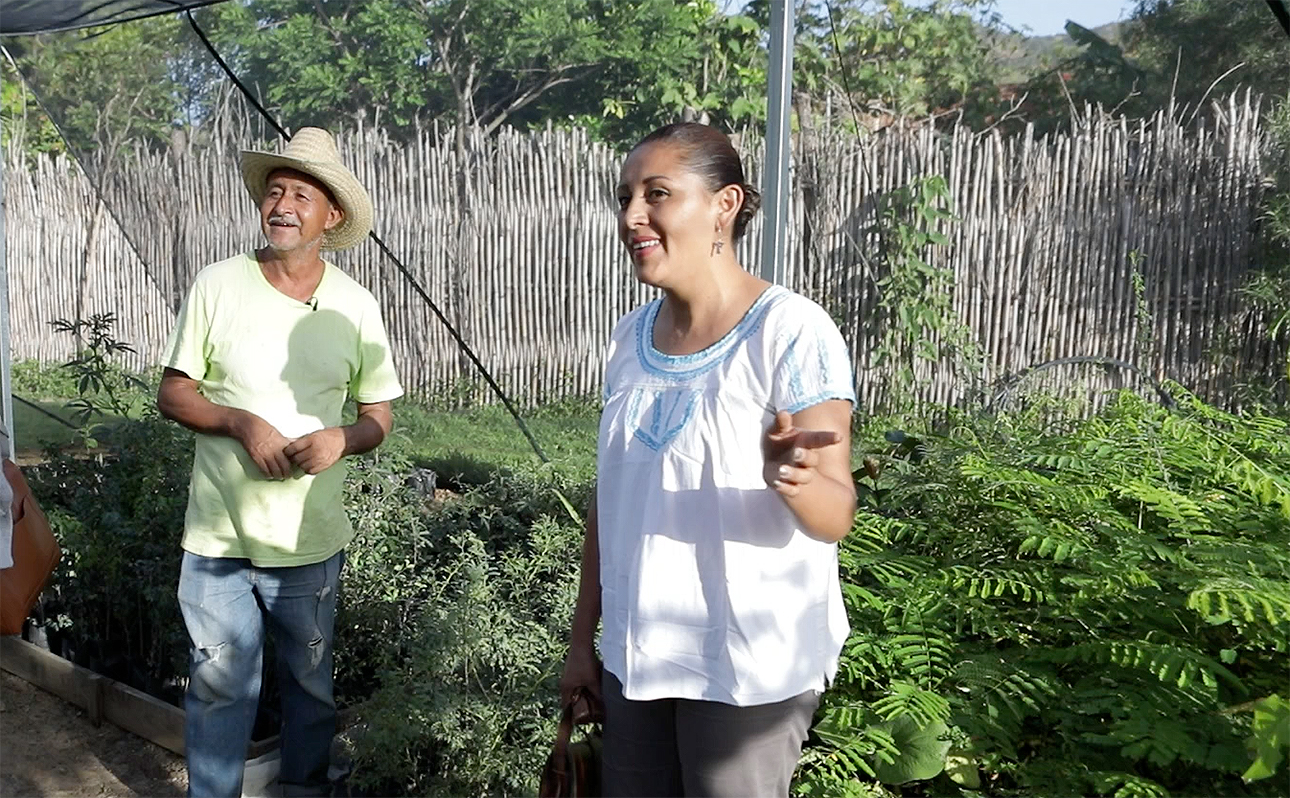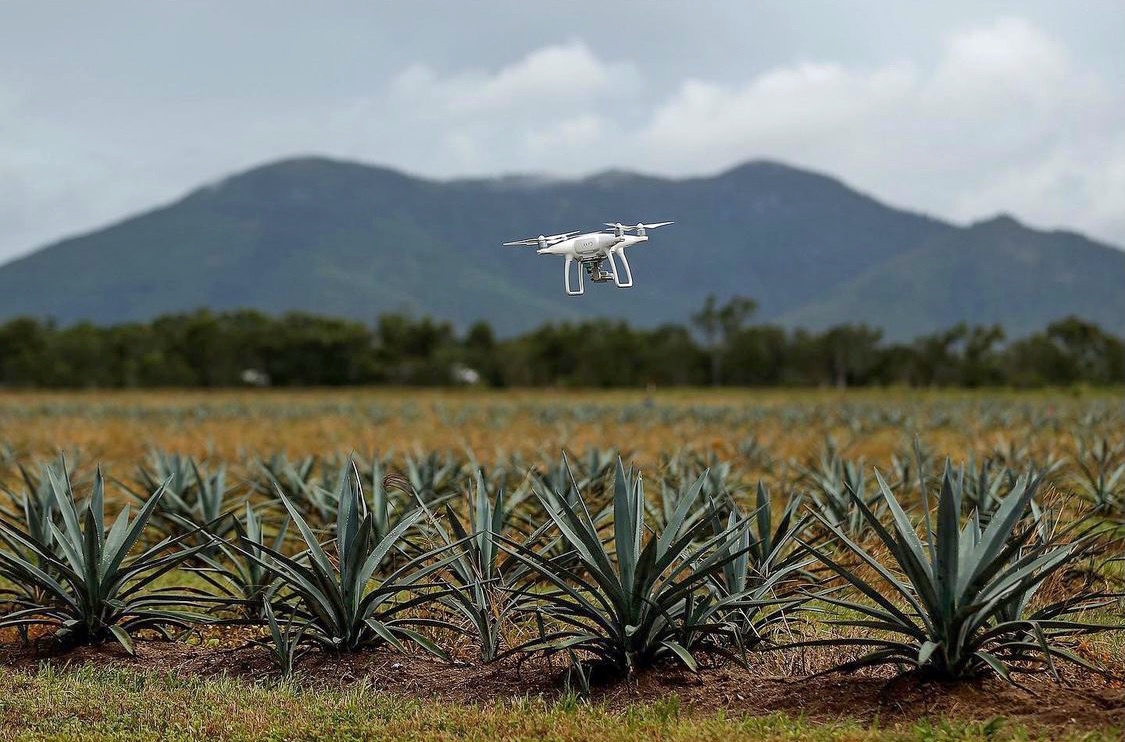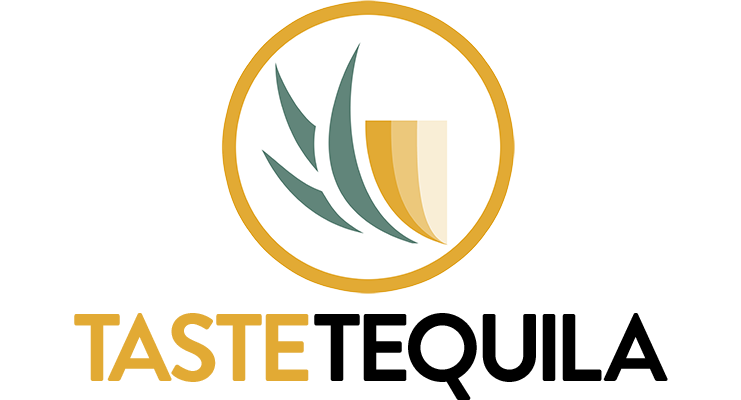While the tequila category has seen explosive growth for the last couple of years, slowly but steadily a new trend is starting to form: the rise of the “agave spirit.”
This has long been a blanket term for distillates made by cooking, crushing, fermenting, and distilling agaves, which includes both tequila and mezcal. But it is also a term that is starting to show up more frequently on bottles in the U.S. and Mexico, not only as descriptors of regional spirits (including raicilla and bacanora), but as a category all its own.
“The initial growth of mezcal brought more interest in other agave spirits from Mexico,” says Andres Moran, a Guadalajara-based bartender, brand rep, and spirits educator.
“But the more recent boom in tequila is what is driving the ‘agave spirits’ category, because anything with that label is seen as more craft than tequila and mezcal appear to be now,” he adds.
Indeed, Zack Romaya, owner of Old Town Tequila in San Diego, CA, has watched this trend up close. “We are seeing anything labeled as an agave spirit flying off the shelves,” he says.
This interest is perhaps due to the fact that tequila’s popularity has led to more industrial production practices, and sweeter, softer taste profiles designed to attract mass-market customers. This is underscored by the booming sales of products like Casamigos and Cincoro.
“So the question becomes, if the official category becomes dominated by products that bear no resemblance to traditional tequila, if ‘tequila’ ceases or has ceased to be a signifier of quality or tradition, what replaces it?,” muses Clayton Szczech, tequila specialist and owner of Experience Agave.
“For the moment, the answer seems to be ‘agave spirits’,” he adds.
Mass Marketing Leads To a (Small) Revolt
The mass marketization of tequila has already breached the mezcal category, which has long been seen by some as the more artisanal agave distillate due to its traditionally small, handcrafted production techniques. But in recent years big players in the spirits industry, including Diageo and Pernod Ricard, have added mezcal brands to their portfolios, lured by the category’s budding success, craft image, and high prices.
This has made smaller mezcal producers wary of where the market is heading. In fact, some point the finger at mezcal regulators at the Consejo Regulador del Mezcal (CRM), saying they are ignoring the needs of the smaller producers as they paved a profit path for the large, international conglomerates.
“The rules don’t consider the small producers or take their opinions into account,” says Graciela Ángeles Carreño, General Manager of Real Minero, a well-respected brand made in Santa Catarina Minas, Oaxaca. Her great grandfather began the mezcal-making tradition, and in 1978 the family bought their first palenque, before regulations were put in place.
“(When it comes to regulation) the only ones that have the right to an opinion are the big producers because they produce more revenue,” she adds.
Earlier this year, Real Minero decided to decertify, with recent bottles no longer labeled as mezcal; they now say “aguardiente” or “destilado de agave” (agave spirit) instead. (Aguardiente is a Spanish term for hard liquor.)

”For me the word mezcal has lost its meaning because it does not respect the culture or the ecology of our traditions,” adds Ángeles Carreño.
But even before Real Minero decided on a label change, some producers were already moving away from certifying, according to Max Garrone, spirits writer and co-founder of Mezcalistas.
Brands such as Cinco Sentidos and NETA embraced the “agave spirits” label because they didn’t think certification was fair, and because they believed that the producers they worked with were already making a truly traditional spirit, he adds.
“Instead of fighting over the word mezcal, they embraced this other path,” says Garrone.
This rejection of official labels is particularly stinging given that both mezcal and tequila have a denomination of origin, which in theory is designed to protect and preserve local traditions and products, as well as give back to the communities where they are made.
While Real Minero is taking a strong stand in the mezcal world, the tequila world has its own regulatory rebel: Caballito Cerrero. This now cult brand is produced by the Jiménez family, who also started making tequila long before regulators stepped in.
In fact, the Jiménez family is related to the founder of Herradura tequila, stretching their tequila-making bonafides back to the late 1800s, at least.
“Becoming an agave spirit has been the best decision for us because we don’t have to deal with the CRT (Consejo Regulador del Tequila) and their special rules for small companies,” says Javier Jiménez Teran, manager of Caballito Cerrero’s parent company, TCC de Amatitan S.A de CV. They stopped using the word “tequila” on their labels in 2018.
Like Ángeles Carreño, Jiménez says the bigger brands have the regulatory advantage since they pay them more money and therefore get favorable treatment. (Both the CRM and the CRT charge a tax on each liter produced, meaning high-volume producers contribute substantially more.)
Fortunately for both Caballito Cerrero and Real Minero their reputations in the market meant that consumers continued to seek them out, even as their labels changed.
“The work we’ve done over the last 20 years gave us some comfort in believing that consumers won’t really notice the labeling change,” says Ángeles Carreño. “We produce everything ourselves, including the raw materials… and we have built up trust over the years.”
Of course, the semantics of agave spirits distract from a deeper conversation about what makes a product “craft.” Is it traditional production, being small batch, or something else, like having the freedom to evolve a product without being restrained by past creators, or regulators?
“Not following official rules for the tequila category means that we can play with our products more and use different agaves,” says Jiménez Teran. Caballito now offers products not exclusively made from blue weber agave, such as its Blanco Chato, made from the Angustifolia species of agave, which are normally used for mezcal.
The New Agave Spirits
Being able to innovate and play in the agave spirits world is also attracting some newcomers, such as Ventura Spirits in California, which makes an agave spirit called La Paloma from locally grown blue weber agaves. They are following in the path forged by St. George Spirits in the San Francisco Bay Area, which first produced its “Agave Azul” products in 2008, using agaves imported from Mexico.
And more recently, spirits maker Top Shelf International announced it was taking advantage of an abandoned Australian government project to experiment with blue weber agaves. It harvested hijuelos and bulbils from agaves the government planted a decade before, and used them to plant new fields on a former sugarcane property in Queensland. Their intention is to produce a uniquely Australian agave spirit that reflects the local terroir. Production will begin in the second half of 2023, when a new distillery is finished, and the planted agaves are more mature.

“The world does not need another tequila brand,” says Trent Fraser, who heads Top Shelf’s Australian Agave Project. “There has been absolute saturation since the celebrity movement and unfortunately with that, credibility in product creation has been compromised,” he adds.
Until recently, Fraser was the president of Volcan De Mi Tierra, the premium tequila made by luxury group LVMH. But Fraser sees this initiative as an opportunity to reshape the category.
“We have an entirely blank canvas,” Fraser says, adding that although they will include the best of older, traditional methods, they are not confined by outside influences or authorities.
Will consumers notice or care how these new agave spirits are labeled? Some of them will, and it will be an advantage, according to Szczech.
“There is a small, relatively affluent niche market that has been educated mostly via social media about quality, non-certified agave spirits. That niche is large enough to make a real difference for small, traditional distillers,” he says.
This is the market Caballito is shooting for. “This is not a bottle you find in Walmart,” says Jiménez. “Our brand is rare and unique. People feel enchanted… because it reminds them of old-fashioned tequila.”
And, as Szczech points out, there’s a certain cachet that both producers and consumers can claim in being outside the certified categories.
Romaya of Old Town Tequila agrees. “Agave spirit consumers love that these spirits are like the outlaws in the Wild West,” he says.
As for the rest of the market, exposure to agave spirits will likely depend on the influence of bartenders, says Garrone.
“It’s really the bartender that guides the customer to new products and gets them excited about it,” he says. “If the bartender grabs a bottle and says, “I have a great new mezcal for you to try!”, will it really matter if it says ‘agave spirit’ on the label? I don’t think so.”




Always a great read! Thanks for all that you do. Happy Holidays!
Agree with Remy. Always insightful and chock full of value! Thanks.
Great newsletter. Keep up the good work.
Definitely too many tequila’s out there in my humble opinion. I will place my trust in the old established nom’s to lead the industry in the right direction. I do love a nice warm tequila as an aperitif. Very informative newsletter.
100% blue Weber agave has been and will always be my preference. If the bottle says agave spirit it tells me that there maybe some agave in there somewhere. I will be sticking to my guns on this one . Thanks!
This seems like a double edged sword. The problem with Tequila is the rules are too relaxed, which allows the celebrity sweetened swill. Moving to a no rules world opens it to much more of that. I feel like the better route are adding sub-categories like Mezcal. “Artisanal” and “Ancestral” narrow the requirements. Why not copy that? Require stone/brick ovens or pits, no sugar or flavorings, etc. The TMM “certified additive free” is a step toward that. Just need add production methods and have it placed on the labels.
Great newsletter! I think along the same lines as Kevin. It worries me that there is so much flexibility in the Agave Spirits category. I am not sure I am ready to 100% believe what is on the label. I have only in the last year or so, become much more aware of the additives and production methods allowed in Tequila making. The certified additive free list along with the matchmaker app to keep me away from “diffuser” Tequilas (and other short cuts) have both been very helpful in my search for great Tequila. I look forward to trying product out of Australia, however, as they seem to try to do things right down there. I have tried and liked an agave spirit from South Africa called Flor de Agave, but have not seen it in a long time. I think we can all agree that ripe harvesting, oven roasting, roller milling, copper stilling is the way to go. I just wish I didn’t have to go into the store with a two page print out and a computer to look for a bottle of tequila!
Postscript: I have moderated my opinion a bit after discovering Caballito Cerrero. I will continue my AGAVE JOURNEY a little bit more open mindedly. I discovered a shop in San Jose del Cabo with extensive agave spirit and Mezcal offerings where I purchased my first Cerrero. Now the only thing that stands in my way is time and money!
Last year, while in Guadalajara, Andres introduced us to some wonderful agave spirits being produced in various regions of Mexico. So this article caught my eye since I’m in Ventura for a few days, as it referenced Ventura Spirits. I went to the distillery had a tasting, did an interview with a couple of the distillers and purchased 2 bottles. I bottle of La Paloma and 1 bottle of Yolo. I’ll do my review using the same format as TMM so we all have some familiarity and continuity.
Both bottles are 100% blue agave. I inquired about additives and received an answer of “no”. It was referenced that their only additive was rain water which was used to balance the alcohol percentage.
Both products are produced the same way. 4 year blue agave, hand shredded and slow cooked in a small steel tank(think of a very very, very small autoclave. This is on-sight at the distillery in Ventura.)
La Paloma agave are grown near Santa Barbara California and Yolo agave are grown in Northern California in Yolo county. The idea is to draw on the terroir and see what differences can be ascertained. The Yolo bottle is rare and only 8 still exist(Maybe less after today)
Let’s begin with LaPaloma.
The aroma has light agave and perhaps a bit of earthiness. It is very mild. There is nothing robust or tremendously noteworthy. The flavor steps up with more agave and some light pepper which gives a nice lip tingle without burn. The mouthfeel is watery and clean. This finishes with the same agave and pepper and a hint of peppery burn. The finish is short. On TMM I would rate this as a nice low 80s product. It loses some points for value because it is 60 bucks for a 375 bottle.
Now Yolo.
Big and bold aroma. Quite the contrast from La Paloma. Much more agave with a balancing of grassy earth. Much more complex. The flavor runs towards the grassy, earthy component. I was hoping for more agave. Flavor was also short. The pepper and agave reappear on the finish and leave a bit of residual on the back, outside portion of your tongue. The finish was also short. I would again rate this a low 80s product. Value is also not it’s highpoint.
Either may appeal to a specific flavor profile. I feel that theses efforts can be supported and as these innovators get better at their craft, the products will improve.
I hope this is informative for all my tequila loving friends. Keep up the good work G and S.
Dave
Last year, while in Guadalajara, Andres introduced us to some wonderful agave spirits being produced in various regions of Mexico. So this article caught my eye since I’m in Ventura for a few days, as it referenced Ventura Spirits. I went to the distillery had a tasting, did an interview with a couple of the distillers and purchased 2 bottles. I bottle of La Paloma and 1 bottle of Yolo. I’ll do my review using the same format as TMM so we all have some familiarity and continuity.
Both bottles are 100% blue agave. I inquired about additives and received an answer of “no”. It was referenced that their only additive was rain water which was used to balance the alcohol percentage.
Both products are produced the same way. 4 year blue agave, hand shredded and slow cooked in a small steel tank(think of a very very, very small autoclave. This is on-sight at the distillery in Ventura.)
La Paloma agave are grown near Santa Barbara California and Yolo agave are grown in Northern California in Yolo county. The idea is to draw on the terroir and see what differences can be ascertained. The Yolo bottle is rare and only 8 still exist(Maybe less after today)
Let’s begin with LaPaloma.
The aroma has light agave and perhaps a bit of earthiness. It is very mild. There is nothing robust or tremendously noteworthy. The flavor steps up with more agave and some light pepper which gives a nice lip tingle without burn. The mouthfeel is watery and clean. This finishes with the same agave and pepper and a hint of peppery burn. The finish is short. On TMM I would rate this as a nice low 80s product. It loses some points for value because it is 60 bucks for a 375 bottle.
Now Yolo.
Big and bold aroma. Quite the contrast from La Paloma. Much more agave with a balancing of grassy earth. Much more complex. The flavor runs towards the grassy, earthy component. I was hoping for more agave. Flavor was also short. The pepper and agave reappear on the finish and leave a bit of residual on the back, outside portion of your tongue. The finish was also short. I would again rate this a low 80s product. Value is also not it’s highpoint.
Either may appeal to a specific flavor profile. I feel that theses efforts can be supported and as these innovators get better at their craft, the products will improve.
I hope this is informative for all my tequila loving friends. Keep up the good work G and S.
Dave
Great read Scarlett, thanks for the insight. I look forward to seeing which direction the category leans to in the future.